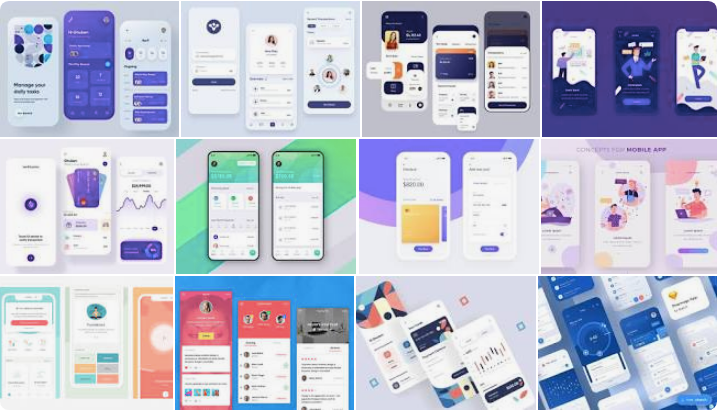proxy_layout
Package to select layout per orientation or device size like mobile vs tablet layouts or portrait vs landscape
Usage
You have two widgets at your disposal, DeviceProxy to use different widget for mobile and tablet devices, OrientationProxy to use different device depending of the device orientation.
DeviceProxy
DeviceProxy(
mobileBuilder: (context) => Text('Mobile widget'),
tabletBuilder: (context) => Text('Tablet widget'),
),
The threshold to separate Mobile and Tablet devices is 600, you can override it by setting the threshold attribute.
If you don’t want to specify mobile and tablet you can use builder attribute that will let you know if you are on tablet or mobile with DeviceProxyType enum.
The is isMobile and isTablet static methods available if you need to know at some point the device type to tweak some attributes.
OrientationProxy
OrientationProxy(
landscapeBuilder: (context) => Text('Landscape widget'),
portraitBuilder: (context) => Text('Portrait widget'),
),
If you don’t want to specify portrait and landscape you can use builder attribute that will let you know which orientation you are with DeviceOrientationType enum.
The is isPortrait and isLandscape static methods available if you need to know at some point the orientation to just tweak some attributes.
LayoutProxy
LayoutProxy help you manage device and orientation at once, check this out:
LayoutProxy(
tabletPortraitBuilder: (context) => Text('Tablet portrait widget'),
tabletLandscapeBuilder: (context) => Text('Tablet landscape widget'),
mobilePortraitBuilder: (context) => Text('Mobile portrait widget'),
mobileLandscapeBuilder: (context) => Text('Mobile landscape widget'),
),
The threshold to separate Mobile and Tablet devices is 600, you can override it by setting the threshold attribute.
Download proxy layout package source code on GitHub
https://github.com/jaumard/proxy_layout
Provides the list of the opensource Flutter apps collection with GitHub repository.

